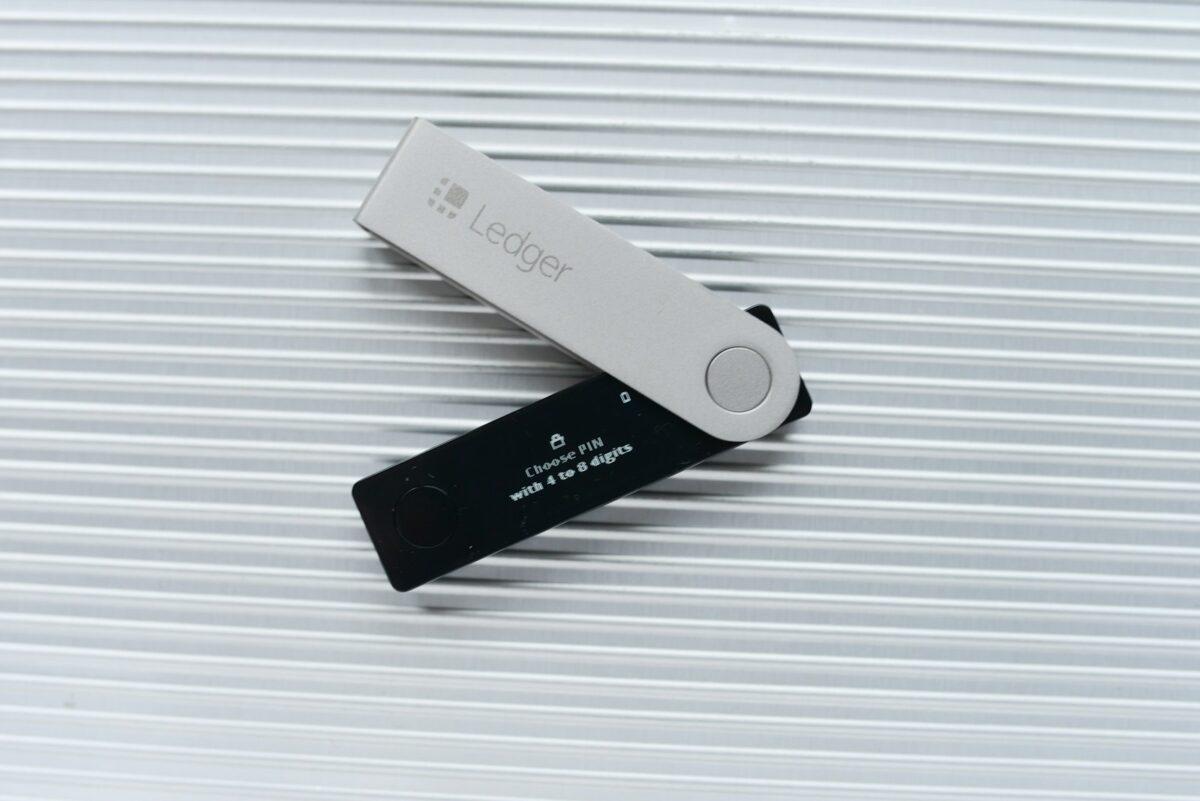
Common beginner questions

Clarifying doubts early accelerates mastery by removing obstacles that impede progress. Identifying frequent concerns helps focus attention on critical concepts, ensuring foundational understanding is solid. This approach minimizes confusion and builds confidence in tackling more advanced topics.
Structured support through FAQs provides a reliable resource for resolving uncertainties without delay. Well-organized responses to typical inquiries create a pathway for systematic knowledge acquisition, promoting independent problem-solving and reducing reliance on external assistance.
Recognizing recurring challenges enables tailored guidance that addresses specific pain points encountered during the initial phase of learning. Analyzing patterns in learners’ requests reveals gaps in comprehension and informs strategies to enhance educational materials effectively.
Getting Started: Addressing Initial Inquiries in Cryptocurrency and Blockchain
Understanding the foundations of blockchain technology begins with clarifying typical inquiries related to wallet security, transaction verification, and network consensus mechanisms. For instance, users often seek precise explanations on how private keys function to protect digital assets and why decentralization enhances resistance to censorship. These clarifications foster a systematic approach to grasping intricate cryptographic protocols behind asset custody.
Another significant area of exploration involves distinguishing between various blockchain types such as public, private, and consortium networks. Inquiries frequently revolve around their differing governance models and scalability implications. Comparing Ethereum’s public mainnet with permissioned chains like Hyperledger Fabric highlights trade-offs in throughput, transparency, and use case suitability–insights critical for informed decision-making.
Typical Topics Explored by New Entrants
Frequently raised issues include understanding transaction fees’ dynamic calculation based on network congestion and gas limits within smart contract executions. Recognizing how miners or validators prioritize transactions depending on fee structures reveals operational mechanics underlying blockchain throughput optimization. This knowledge supports practical experimentation with wallet software when initiating transfers or deploying contracts.
- Security concerns: How do cold wallets differ from hot wallets? What are best practices for seed phrase management?
- Technical setup: Which node clients correspond to different blockchains, and what hardware resources are required?
- Network participation: What roles do staking and consensus algorithms play in maintaining ledger integrity?
Support channels such as community forums, developer documentation repositories, and official project FAQs provide structured answers addressing common uncertainties. Engaging with these resources encourages iterative learning cycles where hypotheses about protocol behavior can be tested against real-world implementations using testnets or simulation environments.
The process of deepening comprehension benefits from comparative analysis–contrasting proof-of-work versus proof-of-stake consensus reveals energy consumption differences alongside security guarantees. Experimental setups deploying simple decentralized applications (dApps) elucidate how smart contracts automate interactions without intermediaries. Such practical investigations empower learners to progress from conceptual questions toward confident operational fluency within blockchain ecosystems.
How to Install Software: A Detailed Guide for Effective Setup
Successful software installation begins with thorough understanding of system requirements and compatibility. Verifying hardware specifications, operating system versions, and necessary dependencies reduces errors during setup. For instance, blockchain node clients often require specific libraries or runtime environments; neglecting these prerequisites can cause failures that complicate troubleshooting.
Addressing concerns related to security and authenticity is paramount. Download software exclusively from verified sources such as official websites or reputable repositories. Employ hash verification methods like SHA-256 checksums to confirm file integrity before proceeding. This practice mitigates risks posed by tampered or corrupted installers, a critical step when handling cryptocurrency wallets or smart contract development tools.
Step-by-Step Installation Process and Support Resources
The installation process generally follows a structured sequence:
- Preparation: Back up existing data and close conflicting applications to avoid interference.
- Download: Acquire the installer matching your platform (Windows, Linux, macOS).
- Verification: Check digital signatures or hashes to ensure authenticity.
- Execution: Run the installer with appropriate permissions; for some systems, administrative rights are mandatory.
- Configuration: Customize settings based on operational needs, such as setting network parameters for blockchain clients.
- Validation: Test functionality post-installation through initial run diagnostics or sample transactions.
This methodology addresses typical uncertainties users face while facilitating reproducible outcomes. Many projects provide comprehensive FAQ sections and dedicated support channels that clarify nuanced aspects–for example, resolving dependency conflicts in Python-based crypto tools through virtual environments like conda or venv.
An illustrative case involves installing Ethereum client software such as Geth. Users must first ensure their machine meets minimum RAM and disk space specifications due to blockchain size growth over time. Subsequent steps include downloading binaries from the official repository, verifying cryptographic signatures via PGP keys published by maintainers, then configuring synchronization modes (fast vs full sync) depending on network bandwidth constraints. Such detailed instructions reduce trial-and-error cycles and build confidence in managing decentralized infrastructure components.
Tackling inquiries related to error messages during installation necessitates access to well-maintained documentation and community forums where practitioners share verified solutions. For example, encountering “missing library” alerts frequently indicates overlooked dependencies; consulting installation guides alongside package managers’ logs expedites resolution. This iterative learning process not only clarifies immediate problems but also deepens understanding of underlying systems–critical for evolving proficiency in blockchain-related technologies.
The acquisition of technical knowledge through repeated exposure to these challenges fosters analytical skills indispensable in cryptocurrency ecosystems. Encouraging inquisitiveness about why certain steps are mandatory enables users to move beyond rote procedures toward strategic problem-solving approaches–an invaluable asset when engaging with complex decentralized applications and infrastructures.
Setting up user account
To establish a secure blockchain user account, begin by selecting a reputable wallet provider that supports multi-factor authentication and encrypted key storage. This foundational step addresses many initial doubts concerning security risks and unauthorized access. Understanding the process of seed phrase generation and private key management is critical; these elements grant irreversible control over assets and require meticulous safeguarding. Users should experiment with non-custodial wallets to gain hands-on experience with decentralized key ownership, which enhances comprehension of blockchain’s trustless architecture.
Frequently encountered uncertainties during account setup often relate to identity verification protocols and compatibility between different blockchain networks. For instance, when registering on exchanges or DeFi platforms, users may face Know Your Customer (KYC) procedures that vary in strictness depending on jurisdiction. Comparative case studies reveal that platforms leveraging zero-knowledge proofs for identity confirmation can mitigate privacy concerns without sacrificing regulatory compliance. Encouraging exploration of such technologies enriches users’ understanding of evolving authentication standards in the ecosystem.
Technical steps and troubleshooting
During initialization, users must systematically generate cryptographic keys using deterministic algorithms like BIP39 or SLIP-0010, ensuring reproducibility from mnemonic phrases. A practical approach involves verifying backup integrity through test restorations on secondary devices before committing funds. Common operational missteps include neglecting to store recovery phrases offline or misunderstanding wallet address formats across chains (e.g., Ethereum’s hex vs. Bech32 in Bitcoin). Detailed examination of error logs and support forums reveals patterns that refine troubleshooting techniques for resolving synchronization failures or transaction rejections.
Addressing ongoing concerns requires familiarity with the protocol-specific nuances influencing account performance–such as gas fee estimation on Ethereum or nonce management in smart contract interactions. Engaging with developer documentation and community-maintained FAQs cultivates an adaptive learning mindset vital for mastering account configuration complexities. By framing each procedural challenge as an investigative opportunity rather than an obstacle, users develop both confidence and analytical skills necessary for advanced participation in blockchain networks.
Basic Troubleshooting Tips
Addressing technical concerns related to blockchain transactions begins with verifying network connectivity and wallet synchronization. Delays or failed transactions often arise from unstable internet connections or outdated client software versions. Confirm that the node or wallet application is fully synced with the latest blockchain state before initiating operations, as discrepancies here frequently generate uncertainty and errors during asset transfers.
When encountering transaction failures or unexpected behavior, consult the project’s official FAQ and support channels for documented resolutions. Many projects maintain detailed logs of known issues and provide step-by-step guidance for resolving common operational problems. Utilizing these resources can clarify doubts about error codes or wallet interface anomalies, offering verified answers based on rigorous testing scenarios.
Systematic Approaches to Error Diagnosis
Implement a structured methodology when investigating persistent malfunctions in smart contract interactions or decentralized applications (dApps). Begin by isolating variables such as gas limits, nonce mismatches, and account permissions, which are frequent culprits behind execution failures. For example, inadequate gas settings can halt contract calls mid-execution; adjusting these parameters within recommended ranges often restores functionality.
- Verify transaction nonce alignment to prevent rejection due to sequence conflicts.
- Check smart contract ABI compatibility if interfacing through custom wallets or scripts.
- Ensure sufficient token balances cover both value transfer and associated fees.
Regularly updating wallet software mitigates risks tied to deprecated cryptographic algorithms or protocol upgrades. Observing changelogs enables users to anticipate adjustments affecting transaction validation processes, thereby reducing uncertainty rooted in version incompatibility. Experimental tests on testnets allow safe exploration of new features before deploying them in live environments.
Troubleshooting also benefits from analyzing blockchain explorers and diagnostic tools that provide granular insights into transaction statuses and block confirmations. Exploring logs reveals timing inconsistencies or propagation delays within nodes, shedding light on potential synchronization issues impacting user experience. Correlating this data with wallet behavior supports informed troubleshooting hypotheses grounded in empirical evidence.
A proactive mindset towards learning technical nuances accelerates resolution of uncertainties surrounding blockchain technology usage. Engaging with community forums while cross-referencing official documentation enriches understanding beyond surface-level responses. This iterative process transforms initial confusion into a comprehensive grasp of system mechanics through experimentation and analysis.
Conclusion: Advancing Your Grasp on Blockchain Fundamentals
Resolving uncertainties related to blockchain’s core mechanics requires targeted exploration and iterative learning. Addressing frequent doubts about consensus algorithms, cryptographic security, and decentralized governance lays a foundation for deeper understanding and practical application. For instance, analyzing the trade-offs between Proof of Work and Proof of Stake protocols reveals implications for scalability and energy consumption that are critical for selecting appropriate platforms.
Reliable answers to initial inquiries empower learners to move beyond superficial familiarity toward confident engagement with evolving technologies. Support structures such as interactive simulators and open-source testnets provide experimental environments where hypotheses about transaction finality or smart contract execution can be validated. This approach cultivates critical thinking and demystifies intricate processes like state channels or zero-knowledge proofs, which often generate hesitations among those new to the field.
Key Technical Insights and Future Directions
- Consensus mechanisms: Comparative studies highlight how variations impact throughput and fault tolerance, guiding architectural decisions in both public networks and private consortiums.
- Cryptographic primitives: Understanding elliptic curve signatures versus hash functions clarifies security models, influencing protocol selection based on threat landscapes.
- Interoperability frameworks: Emerging cross-chain solutions address concerns regarding asset mobility and data integrity across heterogeneous systems.
- Layer-2 scaling: Experimental deployments demonstrate how off-chain computations maintain trustlessness while alleviating mainnet congestion.
The trajectory of blockchain technology suggests intensifying complexity alongside increasing accessibility through modular designs and standardized APIs. Encouraging systematic inquiry into fundamental principles fosters a mindset prepared for upcoming innovations such as quantum-resistant cryptography or decentralized identity management. By cultivating an environment where nuanced questions receive precise answers supported by empirical evidence, learners can confidently contribute to advancing distributed ledger applications with both technical rigor and creative insight.


